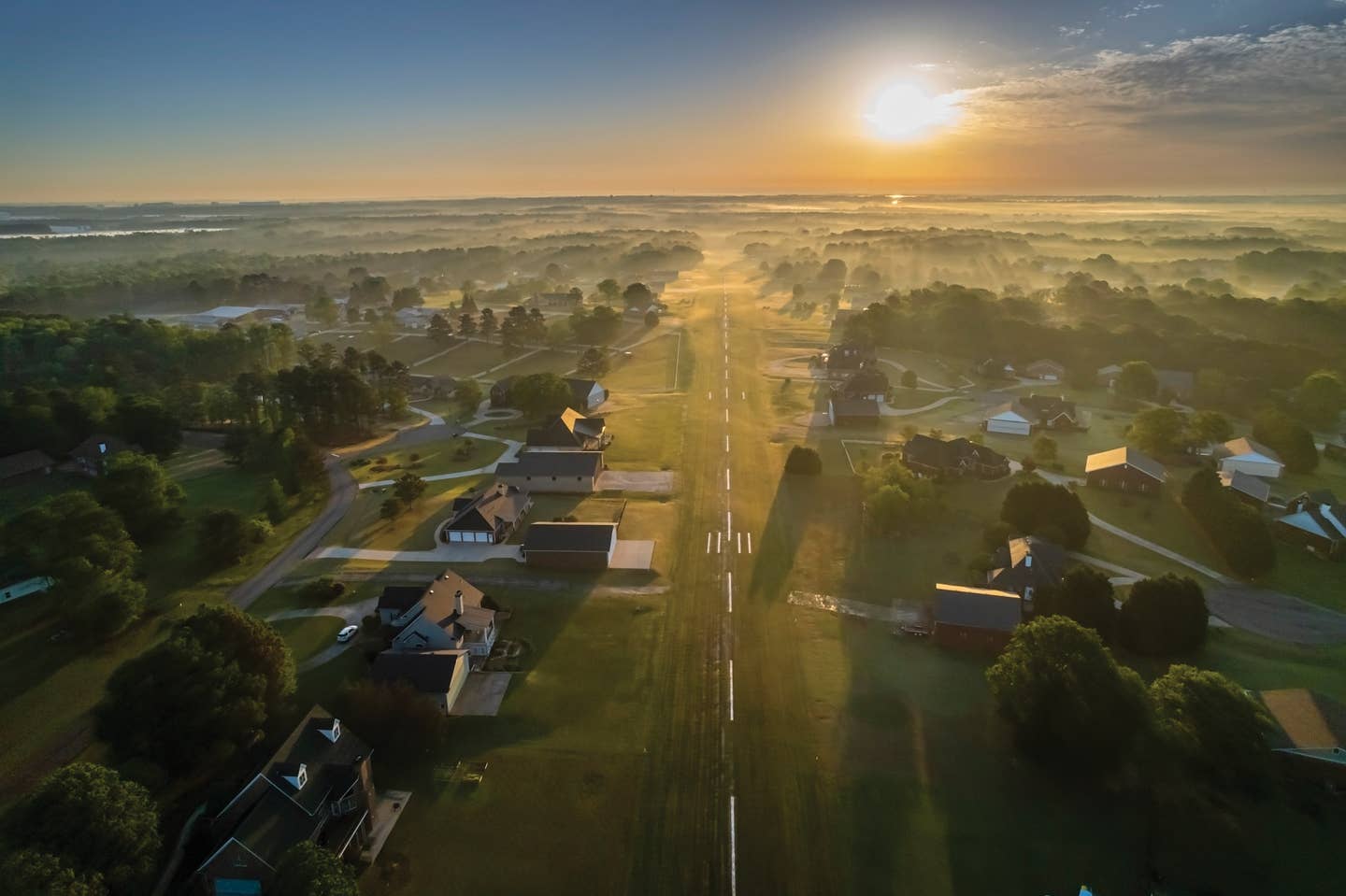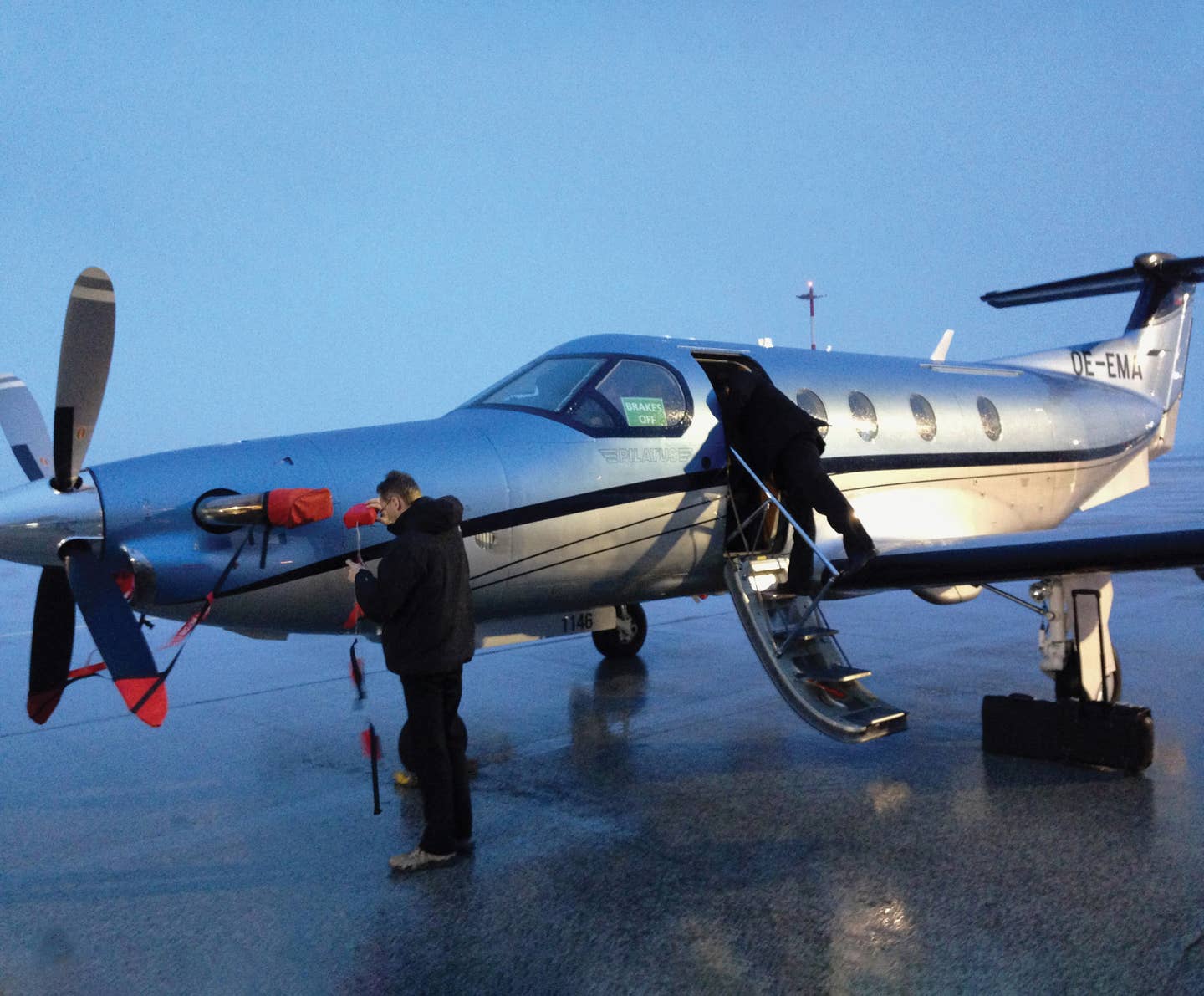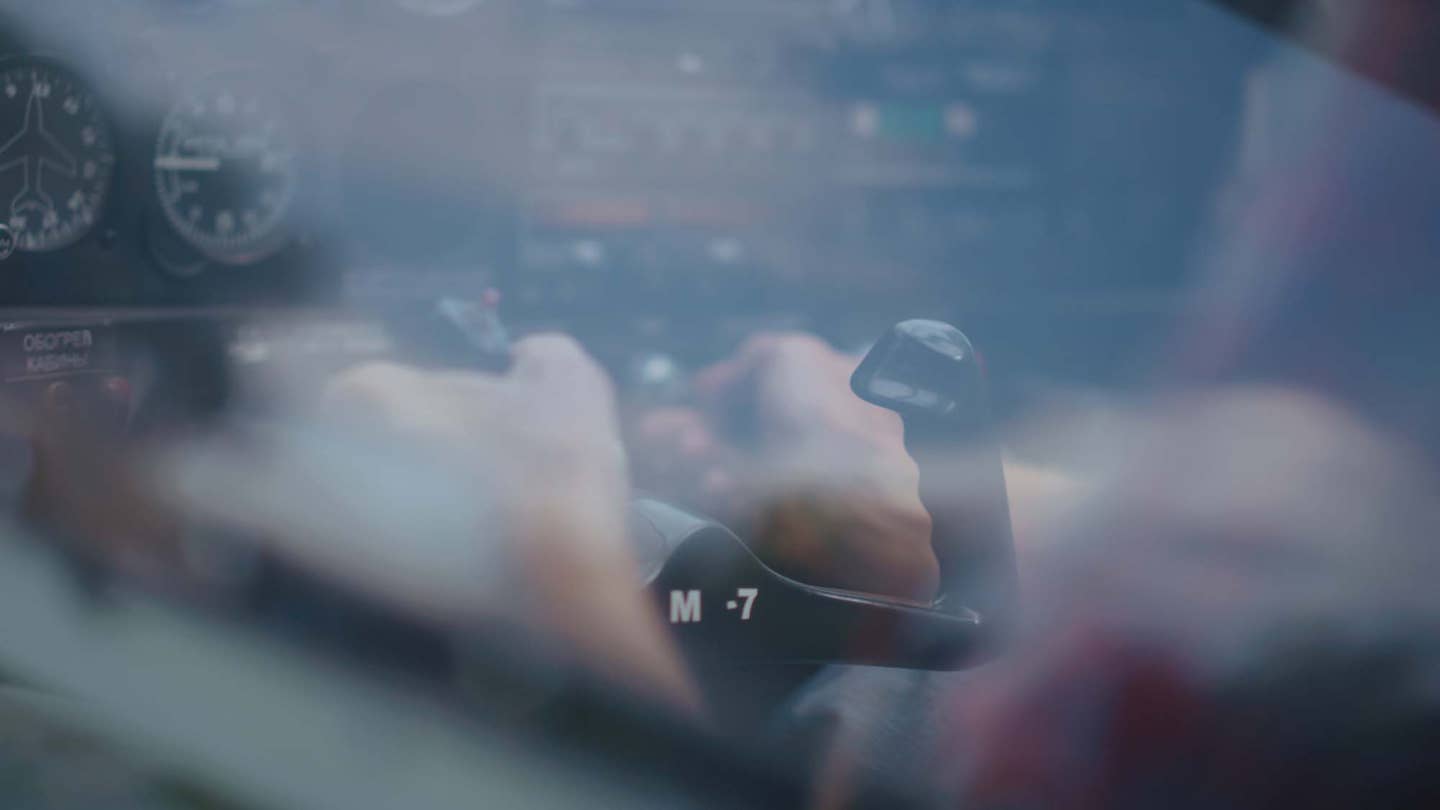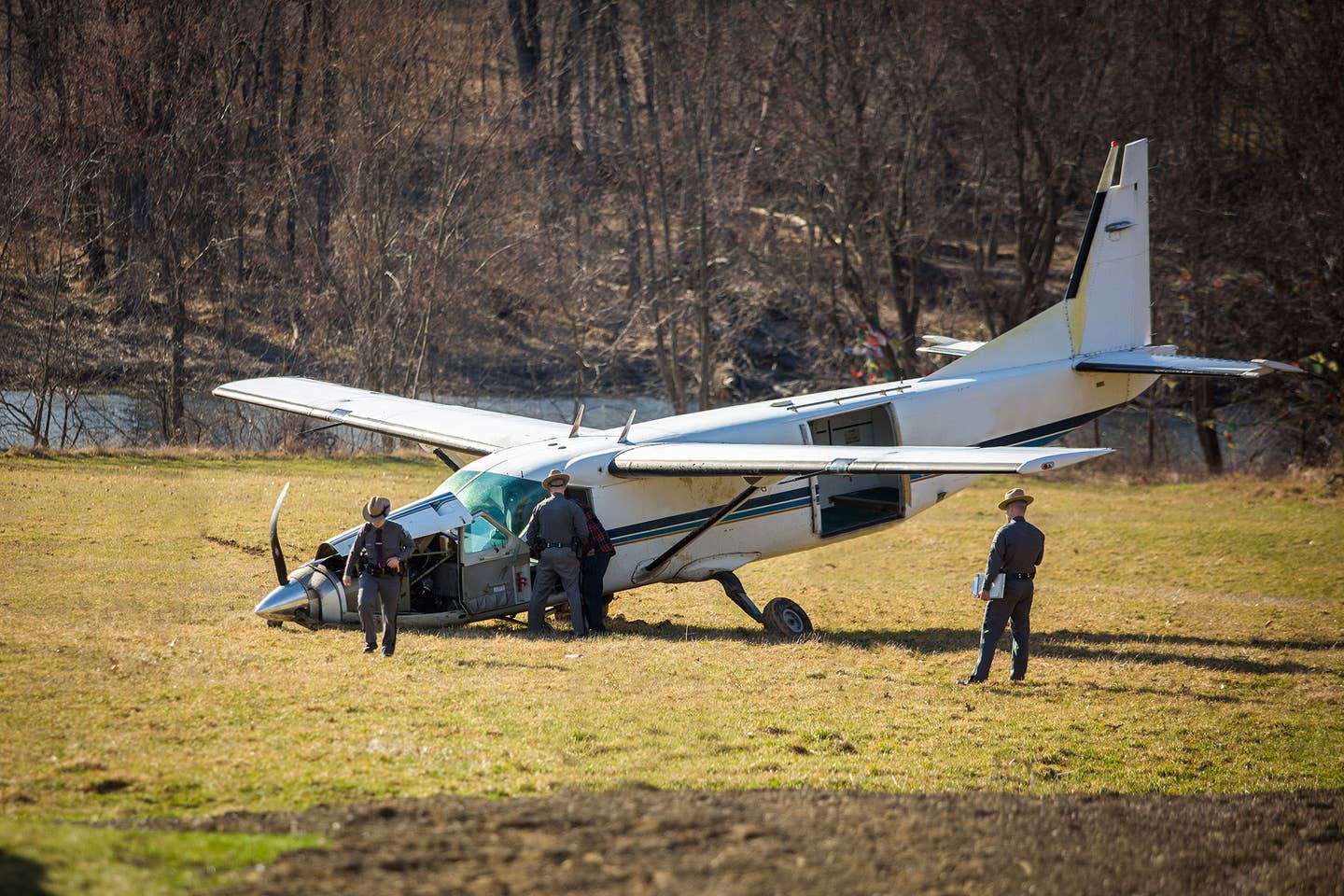How to Detail Your Plane
Getting that sparkle back on your plane is the goal. Here’s how you get there.
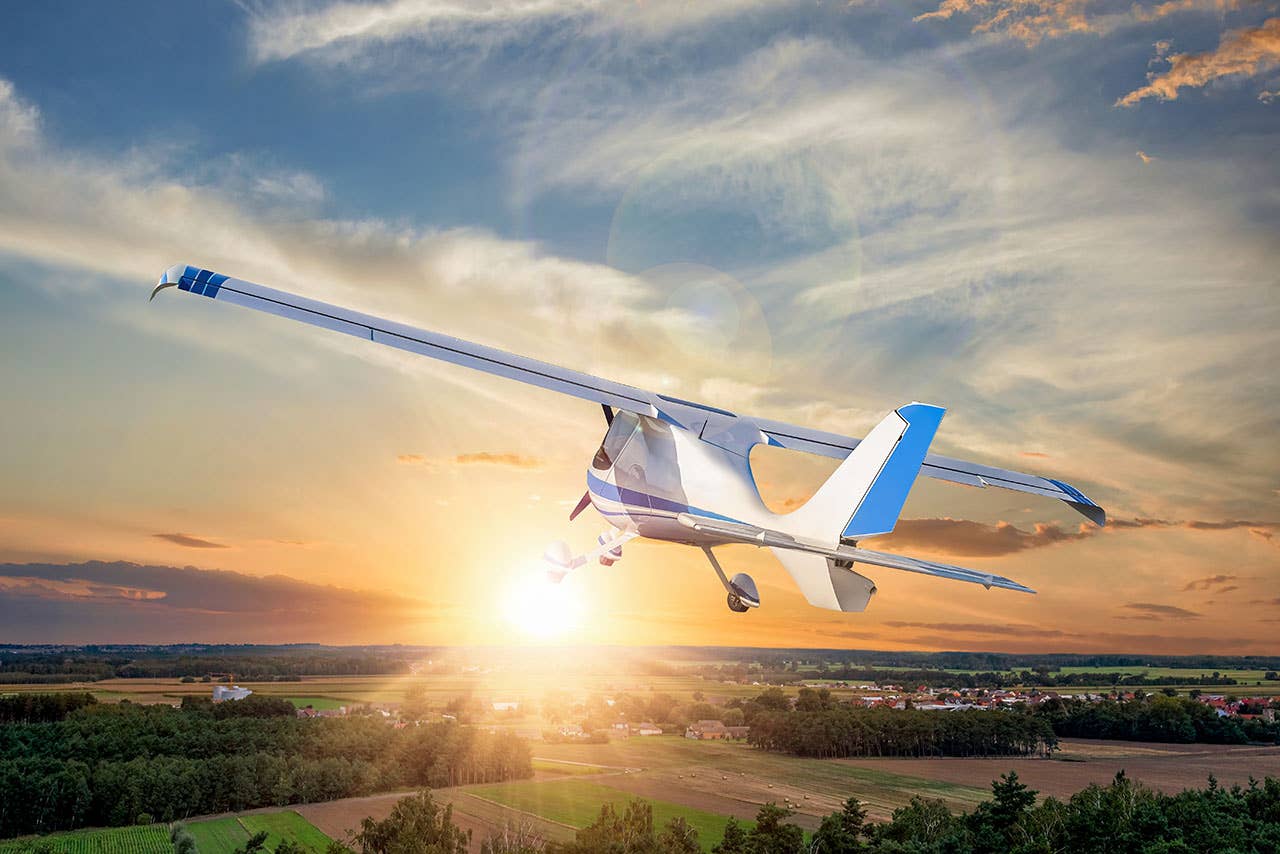
You never thought that you'd let it come to this. Oh, sure, you promised yourself that you would take good care of your winged pride and joy. But it's harder to pull off than you thought, and you come to the bold conclusion that airplanes don't clean themselves. Whether it's the lineup of bugs along the leading edge, streaks of accumulated grime or the paint that's become duller than an afterparty of data analysts, none of it is good. Da plane, Boss, is a sorry sight, indeed.
You've got the will to get it clean and sparkly again, but the question remains, exactly how do you do that? And is it a job that a do-it-yourselfer can pull off on the weekend, or is it better left to the pros?
But What Is "Detailing?"
Detailing can mean many different things to many different people. But one thing everyone generally can agree upon is the outcome of your detailing effort will result in the removal of visible and hidden contaminants from the exterior finish, creating a blemish-free shine to the painted surfaces. Detailing the interior deep-cleans the seats, glass and plastics and is just a step below refurbishing, which could include leather replacement, new paint, new avionics, and new panel plastics and the like.
Refinishing, which is a significant effort undertaken by professionals, begins by removing the aircraft of all its flight controls, prepping the surfaces by stripping them down to the base aluminum (utilizing a chemical called methyl ethyl ketone) and then repainting. Since repainting adds additional weight, the aircraft will need to be rebalanced; everything then gets reassembled and control surfaces tested. Then tested again. This entire process is time consuming, requires skilled technicians and is an expensive proposition. The result, however, is an aircraft that looks like it just rolled off the showroom floor.
The Pro Treatment
As aircraft owners, we are used to outsourcing many aspects of our ownership experience. Instead of taking the do-it-yourself approach to aircraft detailing, you might want to go the professional route and hire a specialist. You likely do so already with aircraft maintenance as well as fueling, hangar movements and the like. So, why not aircraft cleaning? Doing so on a regular basis will preserve your aircraft finish, always giving you a shiny aircraft to fly, and you might even pick up an extra knot or two of speed without lifting a finger (except while writing the check, of course).
You may think that outsourcing aircraft detailing is a guilty pleasure. Kind of like listening to Nickelback. But the truth is that some of us do not have the desire, knowledge or time to detail an aircraft. For those who fall into that category, find yourself a reputable aircraft detailer and reap the benefits of professional expertise.
Additional professional detailing services include paint correction, which effectively removes oxidation, minor scratches and swirl marks. In most cases, this restorative service will also extend the life of the paint. Depending on the condition of the aircraft, expect to invest between $2,000-$3,000 for paint correction services by a professional aircraft detailer. This generally is a one-time cost, typically associated with an aircraft that hasn't had the luxury of being hangared out of the sun.
These experts have seen it all and understand the idiosyncrasies of aircraft detailing. From detailing around button-head rivets to working in a well-lit space, their expertise will assure a safe, damage-free outcome that can be easily appreciated.
Know Your Subject
Most aircraft flying today are comprised of aluminum, composite or fabric. While the latter requires special consideration to maintain the integrity of the fabric, aluminum or composite can generally use the same types of certified cleaning materials without concern. Major certifications for cleaning products are those certified by Boeing, AMS or SMI. Industry experts also recommend referring to your specific manufacturer for any special considerations for recommended cleaning products.
For those who fly fabric-covered aircraft but still want to keep their bird clean and shiny, it's recommended to use the least-abrasive cleaners available. Most fabric is painted with a plasticized lacquer, commonly referred to in the aircraft world as "dope." (Not to be confused by today's Gen Z definition of dope, which is anything cool and good in life. Although, one could argue that those who fly fabric-covered aircraft are pretty dope as well.)
By utilizing the least-abrasive cleaners for your fabric airplane, you will minimize the risk of damaging the finish. In fact, many professionals simply wipe down the aircraft with a damp cloth and a mild dish soap like Dawn. Once all the dirt, dust, oil and grease have been removed by this method, then spray on a wash and wax-type product, which will restore the luster to the finish of your fabric airplane.
No matter what you fly, keep in mind that you will want to tape off some critical areas before beginning the detailing process. Those include static ports and pitot tubes (pros suggest using a large piece of painter's tape over those ports, which prevents contamination from chemicals and cleaners). It's also a good idea to tape a long streamer in that place to mark the ports so that those critical areas are not inadvertently left covered after the cleaning process. Not doing so has caused preventable accidents in the past. These "Remove Before Flight" streamers are easily spotted during your walkaround and are a good way to prevent instrument errors caused by covered static ports and pitot tubes when taking the first flight after detailing.
Most professional detailers will also exclude cleaning under the cowling. There is simply too much that can go wrong while attempting to degrease and clean the engine compartment area. If your engine is dirty and greasy, it is suggested that you speak with an A&P prior to doing any degreasing and cleaning work under the cowl.
DIY It!
So, you've decided to go the sweat equity route. But where does one start? The good news and the bad news is, there's more to it than you might think.
If you are the weekend warrior type, you could break out the proverbial bucket, soap and hose and attempt to do it yourself. Unfortunately, if you treat your aircraft like your car, at the very least, you may be disappointed in the results.
However, if you approach the do-it-yourself airplane detailing properly, with the proper prep, tools and knowledge, your results will be well worth the elbow grease effort of tackling this as a do-it-yourself task.
As William Graves from Midwest Aircraft Detailers tells Plane & Pilot, "The do-it-yourselfer should understand the difference between aircraft paint and automobile finishes. It's important to use the correct cleaning products, along with the correct steps for a positive outcome."
Using the dry washing method as outlined provides the most flexibility on where you can undertake the do-it-yourself detailing. Most airports will allow you to do this in your own leased hangar.
However, if you will be doing "wet washing," you may find more restrictions on where you are allowed to do so. Each airport has different rules for this type of washing. Some airports have designated areas, referred to as "wash bays," for wet washing. Others simply prohibit this activity. Check with your airport management for your specific location.
"If you approach the do-it-yourself airplane detailing properly, with the proper prep, tools and knowledge, your results will be well worth the elbow grease effort of tackling this as a do-it-yourself task."
Inside Clean
When tackling the interior during your detailing journey, you will want to have plenty of microfiber towels, leather cleaner and conditioner, steam, carpet extractor and extractor soap, a detailing brush and a small horse hair brush for getting the dust out of those hard-to-reach places.
It's best to try to stay away from leather cleaners that contain alcohol or solvents. They can lift the dye and damage the seats beyond repair, especially on those interiors that have been re-dyed. Care must also be taken when using steam to clean. Always test the process in an inconspicuous place on the interior, just to be certain no damage to the original dyed color will occur during the cleaning process.
For fabric interiors, utilize a good-quality fabric cleaner while using a medium bristle brush to scrub the surface of the seat. Any set-in stains can be lifted by using a stain extractor (similar to removing a stain from your shirt). However, it's best to avoid aggressive deep cleaning of older fabrics, as damage to the fabric can occur, based on the age and condition of the fabric.
If you've never attempted to wash or wax an airplane, it's guaranteed that you'll be surprised at the amount of surface area and resultant time that it takes to complete the job.
So, what steps are best undertaken when washing and detailing your aircraft? It all starts with an oxymoron called "dry washing," which begins with a degreaser to remove any bugs who had the unfortunate timing to be in the same airspace in all three dimensions at the same time as you. In addition to bug removal, a good-quality degreaser will also remove any heavy dust and hard contaminates from the aircraft surface.
The next step is the utilization of the dry wash chemical. While the dry wash is not actually dry, it's a special chemical that is safe on most types of aircraft finishes, with results that leave your aircraft looking clean and spiffy. Spray on, wipe off. Sounds easy. And it is. Mostly. Make sure you have plenty of high-quality microfiber towels available during this process.
At this point, the dry wash will remove any residual remnants of the degreaser and ready the airplane for the next step in your aircraft spa process, the Clay Bar, which is just what it sounds like, a bar of clay specially designed for detailing: a simple hand-held, old-fashioned, typically synthetic cleaning bar that will lift any remaining contaminates, such as industrial fallout, tree sap and the like from the surface of the aircraft, leaving a contaminate-free, smooth surface. As with every step we describe here, test this on a small, inconspicuous area.
Once you have completed the above steps, your aircraft will have that showroom-shine, new-aircraft look. To preserve that shine, you could put the finishing touches on a job well done by adding a ceramic coating or polyreactive sealant.
One important thing to remember for any product that you choose to use during your do-it-yourself detailing is to utilize cleaning products certified by an aerospace manufacturer. Most industry experts say the most common and one of the most respected certifications for these products is those "Boeing-certified." Look at the product label for any approved certifications. If you do not see any certifications listed on the bottle, it is not a certified product.
One safety issue to consider with ceramic coatings is static, which can build up more quickly on some planes with this treatment. Check with your aircraft manufacturer to be sure that a ceramic coating will not create any issues with your avionics. Specifically, trade professionals tell Plane & Pilot that static created by the aircraft with no static wicks, especially those flying in instrument meteorological conditions, may be more prone to avionics issues after a ceramic coating is applied. As always, check your POH or manufacturer recommendations for specifics about your aircraft.
After the initial professional dry wash and detailing, the cost of having this service completed on a regular basis will not only provide the satisfaction of enjoying a clean aircraft but also the payback of completing this cosmetic service will preserve the finish and paint quality, allowing for long-lasting enjoyment and prolonging any need to repaint. Depending on your geographic location, budget between $650-$900 for this professional exterior detail.
How often should you have your aircraft detailed? While it truly depends on the type of aircraft and your mission, most professionals recommend every 25-30 flight hours on a typical single-engine aircraft. For turboprop aircraft on 135 certificates such as a King Air, where they are pampered and wiped down after every flight, the recommendation is an annual full detail, with any necessary paint correction with a ceramic or poly coating.
Keep in mind that some aircraft that have spent their entire decades of life in the hot south or southwest sun may not have enough base paint (as determined by a paint thickness measurement test tool) to allow for paint correction. While this is rare, your detailing expert can make a definitive decision on whether paint correction is a viable alternative to a repaint.
Like anything else, learning how to best detail your plane takes some practice, and it will almost surely be a frustrating experience at times. However, using the right product in the right environment with plenty of time will most likely assure a nice shiny result, money saved and the satisfaction of knowing that your hard work and elbow grease have very visible results.
Of course, for the rest of us, hiring the professional aircraft detailer and leaving it to the experts is an alternative that not only will save you time but also will give you the peace of mind knowing that your aircraft investment will be well preserved
Tips for the Do-It-Yourselfer
- Always detail your aircraft in a well-lit hangar.
- Use an auxiliary "head-lamp" that fits over your head with an elastic headband. The light goes where your eyes go.
- Always work in a well-ventilated area. Degreasers have irritants and make breathing difficult or dangerous without proper ventilation.
- Always wear safety glasses and/or a facemask. Dry wash chemicals and degreasers don't mix well with eyeballs.
- Don't let the chemical dry wash "dry" on your aircraft. This may occur if you get distracted after applying the dry wash. Allowing it to dry before attempting to wipe it off may cause damage to your paint finish.
- Do not do any paint correction on any composite aircraft (think Cirrus) without consulting with the manufacturer and confirming the use of approved, certified product.

Subscribe to Our Newsletter
Get the latest Plane & Pilot Magazine stories delivered directly to your inbox


